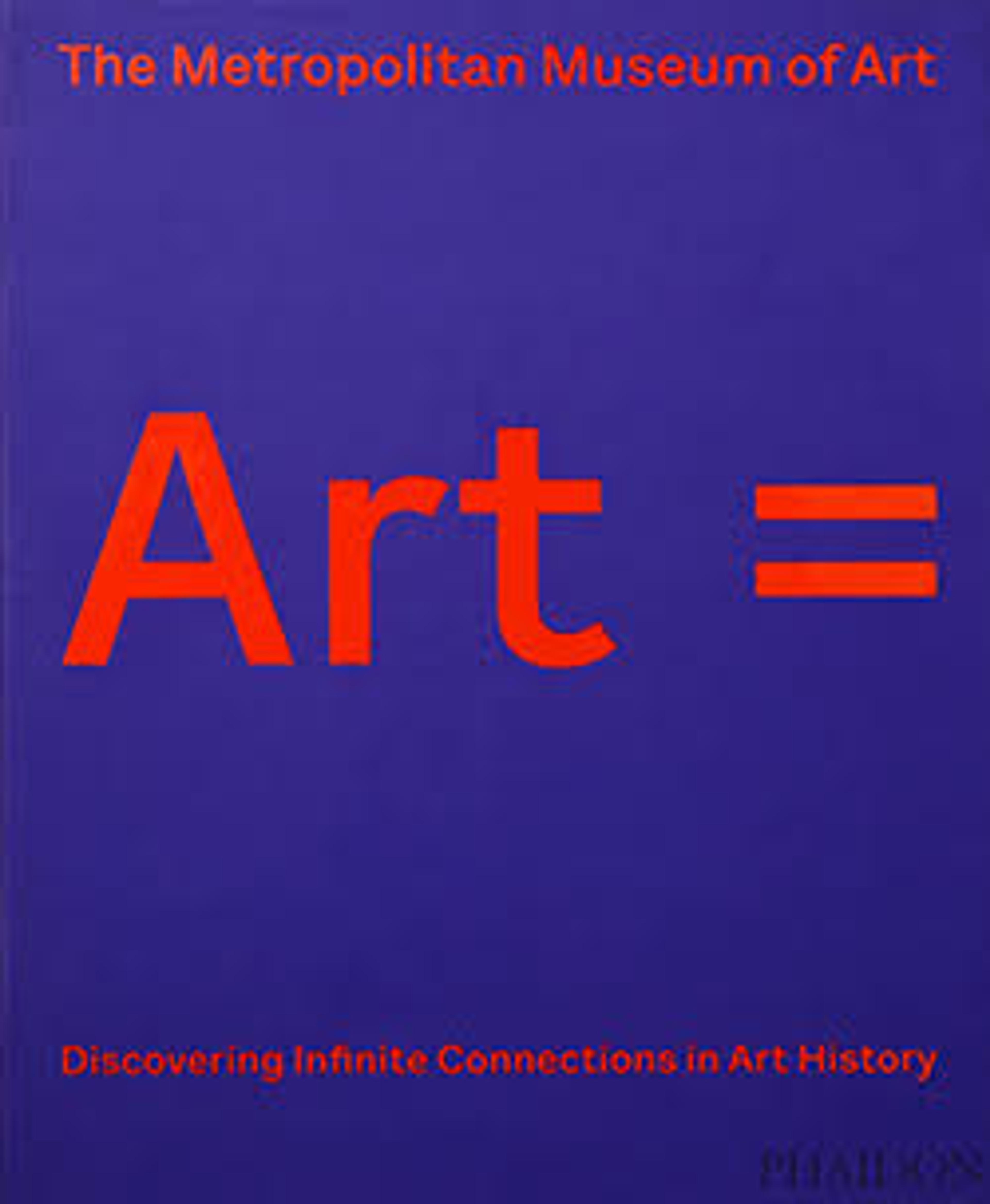Junkernboden
In 1921, Kirchner, writing under the pen name Louis de Marsalle, noted that "in no other medium does one get to know an artist better than through his prints." Woodcuts, in particular, were important for Kirchner, with color woodcuts such as Junkernboden playing a critical role in his oeuvre. Junkernboden is one of only two known double-sided working proofs made by the artist during his career. Using the same carved woodblock, Kirchner printed the mountain scene on both the recto and verso of a single sheet of paper. He altered the two impressions with a variety of colored inks and processes, making each a unique image of the majestic Alpine nightscape. The composition shows his mastery of the woodcut technique and its expressive potential, while the unorthodox color combinations and different pictorial arrangements in each impression point to his penchant for experimentation. Landscapes and the restorative powers associated with nature were fundamental artistic and philosophical concepts for Kirchner, especially during his early affiliation with the group of Expressionists known as Die Brücke. In 1917, two years after suffering a breakdown that led to his discharge from the German army, Kirchner moved to Davos, Switzerland. Inspired by the majesty of the Alps, the natural environment again became prominent in his art. In addition to the Swiss mountains, he was influenced by the rough, "primitive" aesthetic of the traditional crafts made by local villagers. Both the alpine landscape and folk-art motifs remained key motifs in Kirchner’s art until his death, in 1938
Artwork Details
- Title:Junkernboden
- Artist:Ernst Ludwig Kirchner (German, Aschaffenburg 1880–1938 Frauenkirch)
- Date:1919
- Medium:Color woodcut, working proofs recto and verso; recto: black ink with traces of yellow and green ink and wax crayon; verso: black, pink, dark red, and two shades of green ink
- Dimensions:Sheet: 16 1/8 × 26 1/8 in. (41 × 66.4 cm)
- Classification:Prints
- Credit Line:Purchase, Friends of Drawings and Prints Gifts and Dolores Valvidia Hurlburt Bequest, 2018
- Object Number:2018.31
- Curatorial Department: Drawings and Prints
More Artwork
Research Resources
The Met provides unparalleled resources for research and welcomes an international community of students and scholars. The Met's Open Access API is where creators and researchers can connect to the The Met collection. Open Access data and public domain images are available for unrestricted commercial and noncommercial use without permission or fee.
To request images under copyright and other restrictions, please use this Image Request form.
Feedback
We continue to research and examine historical and cultural context for objects in The Met collection. If you have comments or questions about this object record, please contact us using the form below. The Museum looks forward to receiving your comments.
